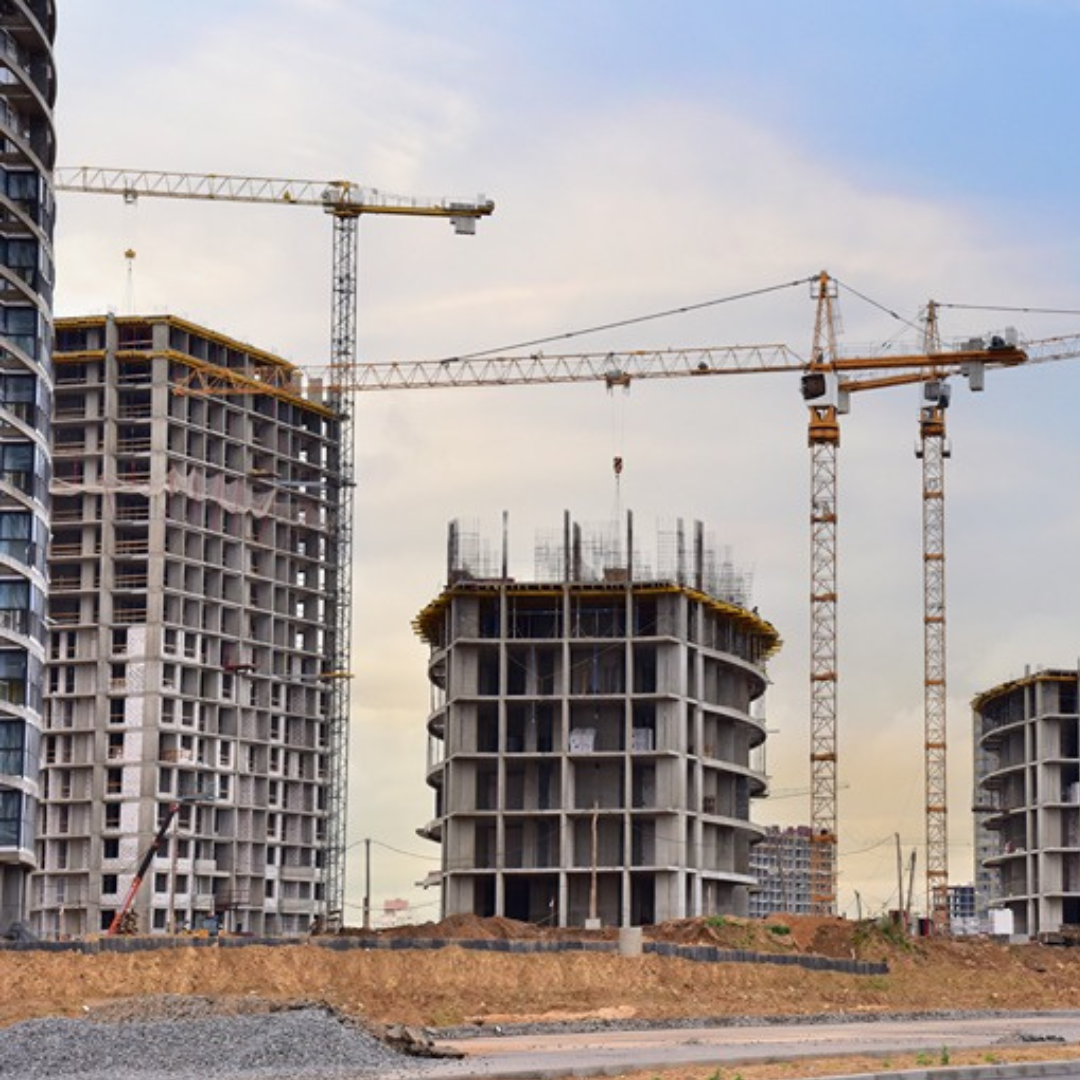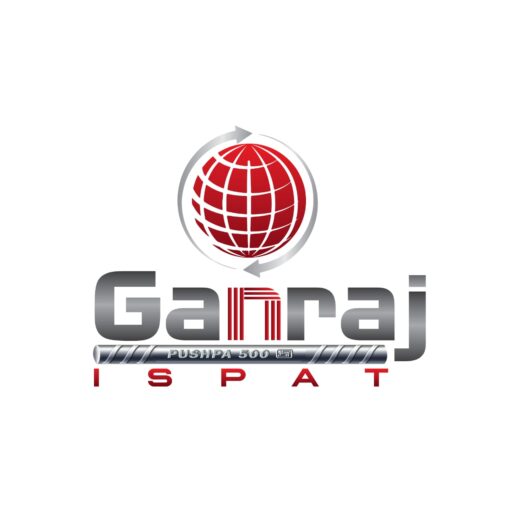
In the construction industry, the choice of materials plays a critical role in the longevity, safety, and overall integrity of a structure. Among the most important materials used in construction are steel reinforcement bars, commonly known as rebar. Two popular types of reinforcement bars that have been extensively used are TMT (Thermo-Mechanically Treated) bars and Tor steel. Over the years, there has been a shift in preference, with TMT Bars Preferred Over Tor Steel for a variety of reasons. This shift is particularly noticeable in India, where modern construction demands materials that offer superior strength, ductility, and resistance to environmental stressors. In this article, we’ll explore why TMT bars are preferred over Tor steel, detailing the advantages and key differences between the two materials.
1. What Are TMT Bars and Tor Steel?
Before diving into why TMT bars are preferred over Tor steel, it’s essential to understand what each of these materials is.
– TMT Bars: TMT stands for Thermo-Mechanically Treated. These steel bars undergo a specific process that enhances their strength, ductility, and corrosion resistance. TMT bars are widely used in modern construction due to their superior mechanical properties and durability.
– Tor Steel: Tor steel, on the other hand, is a cold-twisted deformed steel bar that was popular before the advent of TMT bars. The cold twisting process involves twisting hot steel rods to increase their strength. However, this process leads to residual stress in the material, making it less resilient compared to TMT bars.
2. Enhanced Strength and Durability of TMT Bars
One of the most significant reasons why TMT bars are preferred over Tor steel is their superior strength and durability. TMT bars are designed to have a hard outer surface and a soft inner core. This unique combination provides enhanced strength while allowing flexibility. Tor steel, due to its cold twisting process, tends to develop internal stresses, which can reduce its overall lifespan and make it more susceptible to cracks over time.
In contrast, TMT bars preferred over Tor steel in India are known for their ability to withstand high levels of stress and load without breaking, making them a better option for constructing high-rise buildings, bridges, and industrial structures.
3. Superior Corrosion Resistance
Another significant advantage of TMT bars preferred over Tor steel is their superior resistance to corrosion. In a country like India, where climatic conditions can range from humid coastal areas to arid zones, construction materials need to withstand different environmental challenges.
TMT bars undergo a controlled cooling process that gives them better resistance to rust and corrosion, especially in comparison to Tor steel, which is more prone to rust due to its manufacturing process. Why TMT bars are preferred over Tor steel becomes particularly evident in structures located in coastal regions where moisture levels are high, as TMT bars last longer and maintain their structural integrity.
4. Ductility and Earthquake Resistance
One of the primary reasons why TMT bars are preferred over Tor steel in India is their high ductility. Ductility refers to the material’s ability to deform under stress without breaking. This feature is particularly important in earthquake-prone areas, as it allows the building to absorb and dissipate seismic forces without collapsing.
The high ductility of TMT bars makes them the ideal choice for construction in regions with seismic activity, providing an extra layer of protection that Tor steel cannot match. Tor steel, being less ductile, is more likely to crack under extreme pressure, making it less suitable for earthquake-resistant construction.
5. Better Bonding with Concrete
TMT bars have a unique ribbed pattern on their surface that provides a better grip with the surrounding concrete, ensuring a stronger bond between the two materials. This bonding plays a crucial role in the overall stability and strength of a structure.
In comparison, the twisted surface of Tor steel may not offer as strong a bond with concrete, making structures less durable over time. Why TMT bars are preferred over Tor steel becomes evident in construction projects where longevity and durability are key concerns
6. Thermal Resistance in TMT Bars
TMT bars also offer higher thermal resistance compared to Tor steel. This means that TMT bars preferred over Tor steel can withstand higher temperatures, making them more suitable for construction in areas prone to fires or extreme heat. The enhanced thermal stability ensures that the structure remains safe even under challenging conditions.
Tor steel, due to its manufacturing process, does not offer the same level of heat resistance and may weaken when exposed to high temperatures, increasing the risk of failure in fire-prone regions.
7. The Environmental Impact: A Cleaner Process
The process of manufacturing TMT bars is considered to be more environmentally friendly compared to the production of Tor steel. TMT bars are manufactured using advanced processes that minimize wastage, reduce energy consumption, and result in fewer carbon emissions. This makes them a more sustainable choice for modern construction projects.
Tor steel, by contrast, involves a twisting process that not only requires more energy but also results in higher levels of waste and emissions. With the increasing focus on sustainable construction practices, why TMT bars are preferred over Tor steel is clear in terms of both performance and environmental impact.
8. Cost Efficiency in the Long Run
While TMT bars may have a slightly higher upfront cost than Tor steel, they offer better long-term value due to their superior strength, durability, and low maintenance requirements. Buildings constructed using TMT bars preferred over Tor steel in India tend to last longer, require fewer repairs, and are less susceptible to damage from environmental factors.
In the long run, the cost savings associated with fewer repairs, better corrosion resistance, and enhanced durability make TMT bars a more cost-effective option for large and small-scale construction projects alike.
9. Why TMT Test is Best Over Tor Steel
Another critical factor in determining why TMT bars are preferred over Tor steel is the quality control and testing process. TMT bars undergo a rigorous thermo-mechanical treatment, which includes quenching, self-tempering, and atmospheric cooling. This controlled process ensures that the bars meet the required standards for strength, ductility, and corrosion resistance.
In comparison, Tor steel does not undergo the same level of stringent testing. The cold twisting process used for Tor steel can introduce flaws that are difficult to detect without advanced testing methods, making it a less reliable option.
10. Widespread Availability and Adoption of TMT Bars
In recent years, the demand for TMT bars preferred over Tor steel in India has increased due to their superior properties and widespread availability. Most major construction projects, from residential buildings to large infrastructure developments, now specify the use of TMT bars for reinforcement.
This shift is supported by advancements in technology and the ability of TMT bars to meet the growing demands of modern construction standards. Tor steel, once popular, is now being phased out due to the clear advantages offered by TMT bars.
Conclusion
In conclusion, TMT bars are preferred over Tor steel for a multitude of reasons. Their superior strength, corrosion resistance, ductility, and ability to withstand extreme temperatures make them the ideal choice for modern construction projects. Whether you’re building in an earthquake-prone region, near the coast, or in a high-temperature zone, TMT bars offer enhanced safety, durability, and long-term value over Tor steel. For more details, contact us at: Plot No: A-3, Nagar-Pune Road, Supa Parner Industrial Area, Supa, Parner, Ahmednagar – 414003. Phone: +91 9766173352. Email:sales@ganrajispat.com. Visit our website: www.pushpasteel.com

Recent Comments